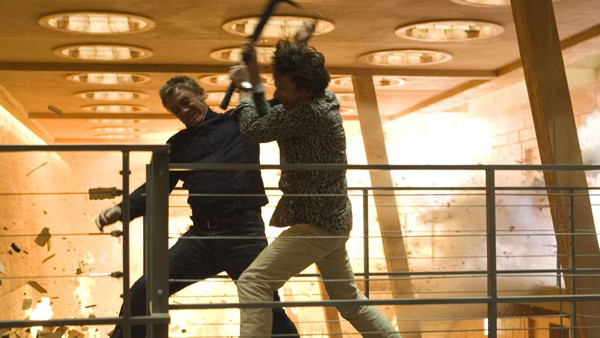James Bond: The True Story Of Quantum Of Solace's Failure
2. Forster's Vision For Quantum

Not only this, but Forster was heavily influenced by the four elements and wanted to incorporate them in his movie through action set pieces. This was a bizarre decision by Forster and resulted in the exclusion of a potentially superior and cinematically gratifying conclusion in the Swiss Alps. Forster opted for setting the final action sequence in the Atacama Desert involving an engulfing array of flames and an ironically amusing fight scene between Bond and the pathetic villain, Dominic Greene.
Forster was completely aware of the problems that these factors caused, and this put him in a perplexing position in which the tight schedule and script problems made him resort to drastic measures. Collider’s interview with Forster in 2016 details that the director’s disastrous time with Quantum of Solace. In Forster’s words: ‘Worst case scenario, the strike goes on, I’ll just make it sort of like a 70s revenge movie; very action driven, lots of cuts to hide that there’s lots of action and a little less story.’
This completely contradicts Forster’s intentions on exploring the character of Bond further, signifying the effects of poor production time and management. The subject of ‘lots of cuts’ is one of the major points of criticism for Forster’s creation. The editing techniques of Quantum were fast and sporadic, like that of Casino Royale and it fit with the newer genre of action movies. However, Quantum of Solace’s shot lengths are drastically shorter that its predecessor. Where Craig’s first outing had short cuts to highlight the disorientating, adrenaline fuelled encounters, Quantum of Solace exaggerates this to the extreme and causes the viewer to lose grasp on what is happening.